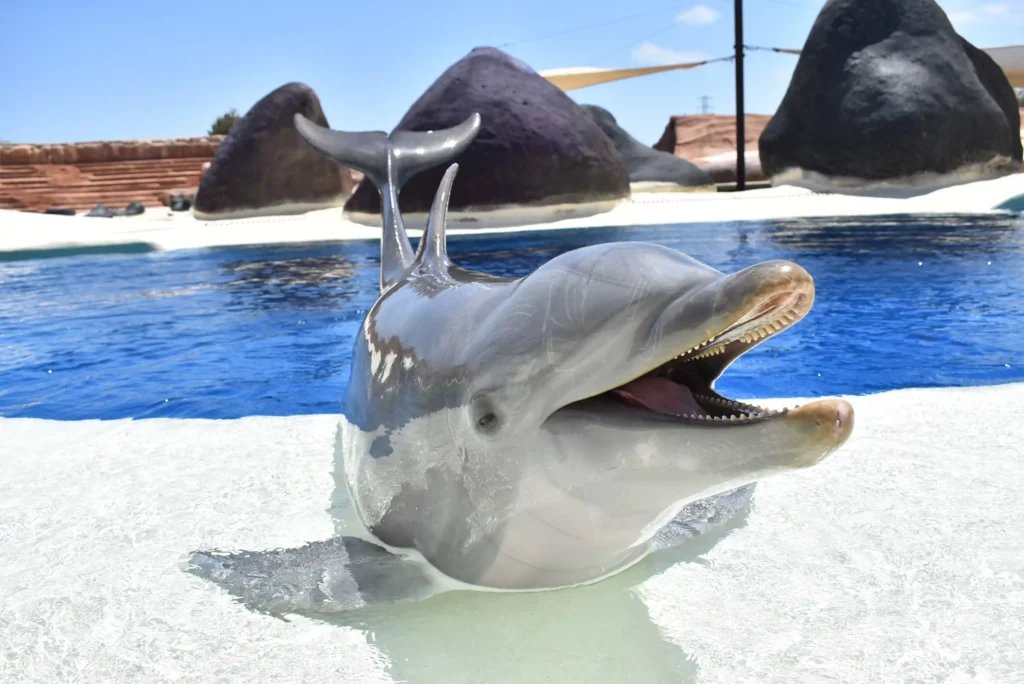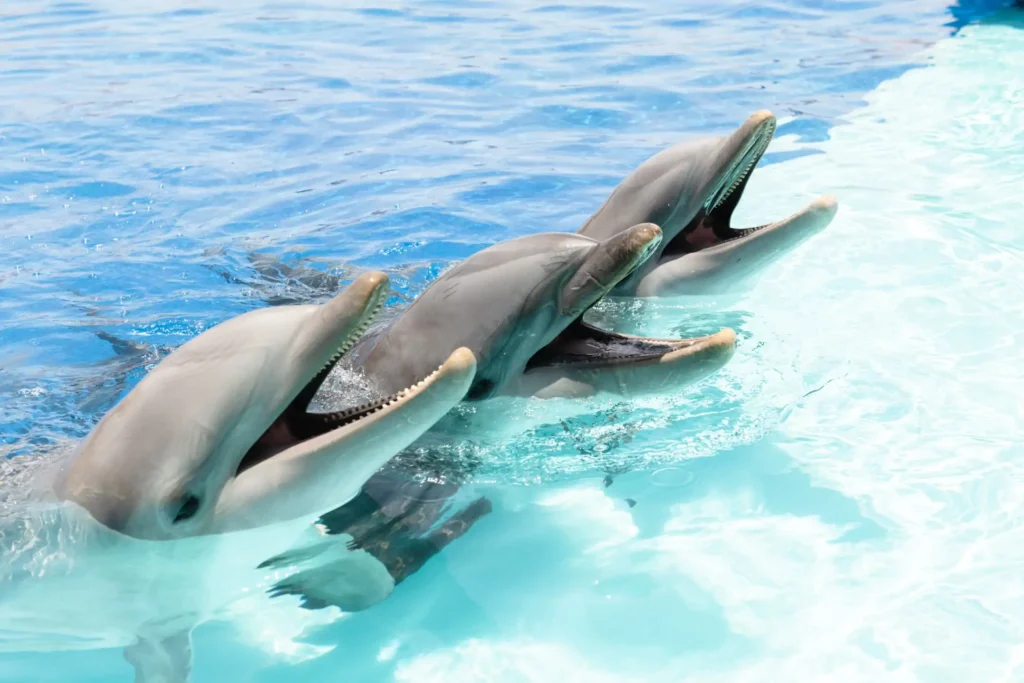This macaw is one of the largest and most powerful of its kind.
Physical Features
They can reach up to one metre in length and a wingspan of 1.25 m, and weigh between 1.25 and 1.7 kg, with females being slightly smaller than males. Its beak deserves a special mention as it is so powerful that it can break almost anything that is put in front of it. This is why it is capable of cracking open the hardest nuts and also feeding on fruits and seeds.
These birds are 85-95 cm long and weigh approximately 950-1,700 gr. Generally red in colour, with a bare white face with small red feathers. There is a variety of colour on the wings, with green and blue areas in addition to the primary feathers, which are navy blue. The back, belly and tip of the tail are also blue. The iris is yellow, the upper jaw white and the lower jaw black.
Habitat
They currently live in the jungles and rainforests of the entire Amazon basin from Panama, Colombia, Venezuela, Brazil, Paraguay, Ecuador, Peru and Bolivia, although it is considered extinct in Argentina.
Diet
The diet of macaws is mainly based on seeds (70%) and a much smaller percentage (12-15% on fruit), with some flowers, buds and nectar completing the diet.
Several studies have identified more than 70 different species of plants from which these birds obtain their food, with a very high percentage of lipids and toxins in this food.
Some examples are: Spondias seeds, Terminalia, Hura, Enterolobium, Inga, Parkia, Platypodium, Quararibea nectar, Combretum flowers, Ficus fruit and/or petioles, Sloanea pulp, Schwartzia, Brosimum, Sorocea.
Reproduction
These macaws nest in natural cavities such as hollows in trees or tall palm trees where they feel more protected, and they tend to reuse the nest in different seasons.
Clutch size is usually 2-3 eggs with an incubation period of 26-28 days.
Behaviour
They are very sociable animals that group together in flocks of up to 30 individuals that can be seen together eating minerals from the clay, which is very important for their good nutritional state. These large groups break up during the mating season, remaining in normally stable pairs year after year.
Threats
Like other macaws, their main threat is deforestation and the destruction of their habitat, as well as their hunting by locals for illegal sale as pets.
Status and conservation
It is a species of macaw that, like so many others, its population is gradually declining. This is why it is in Appendix II of the CITES Convention and classified as Least Concern (LC) in the IUCN Red List.





